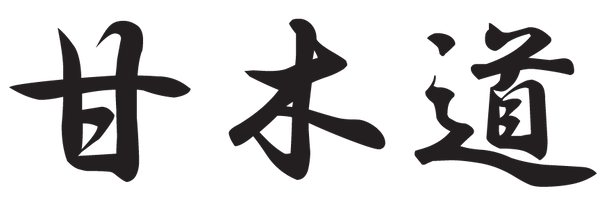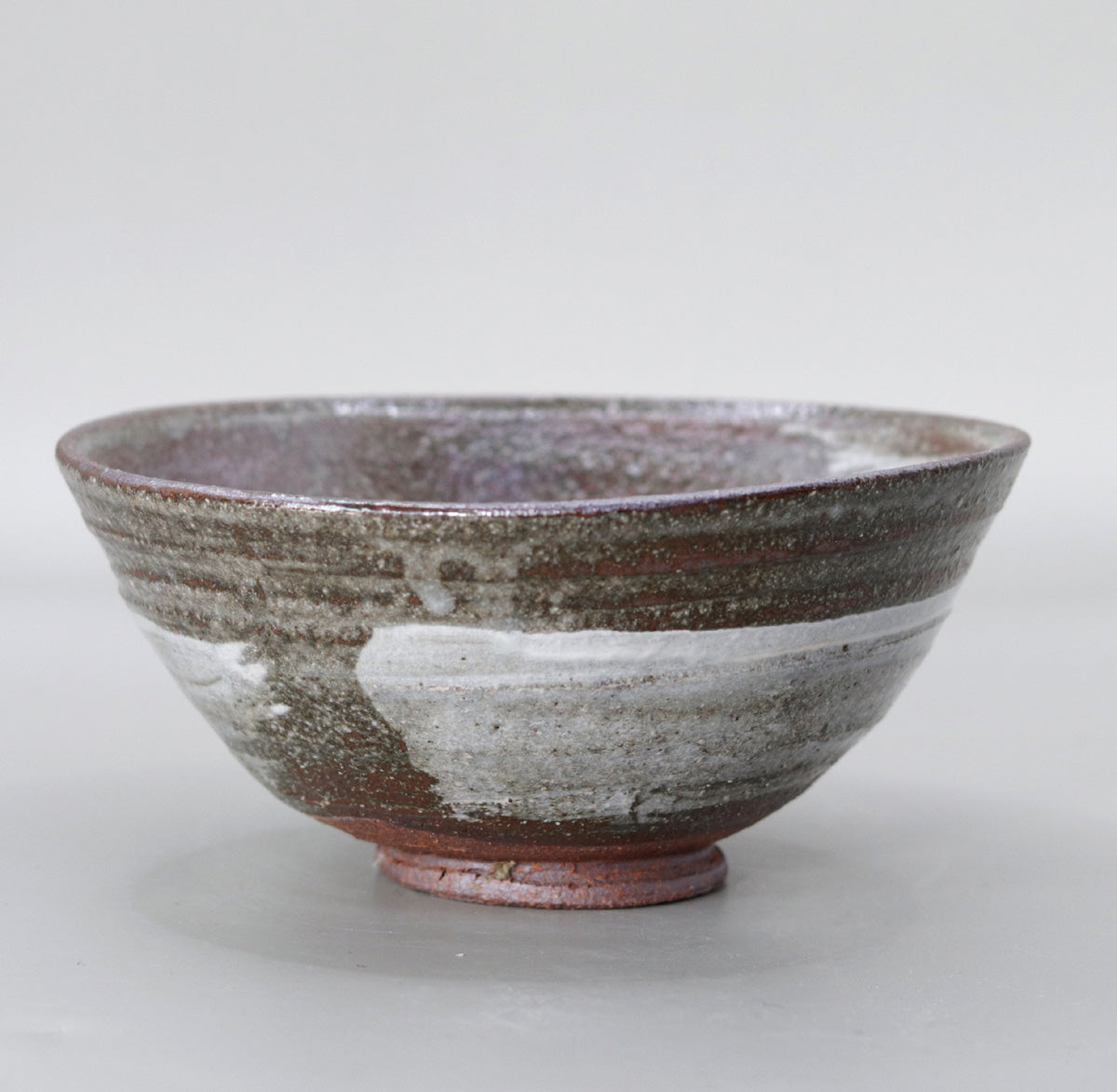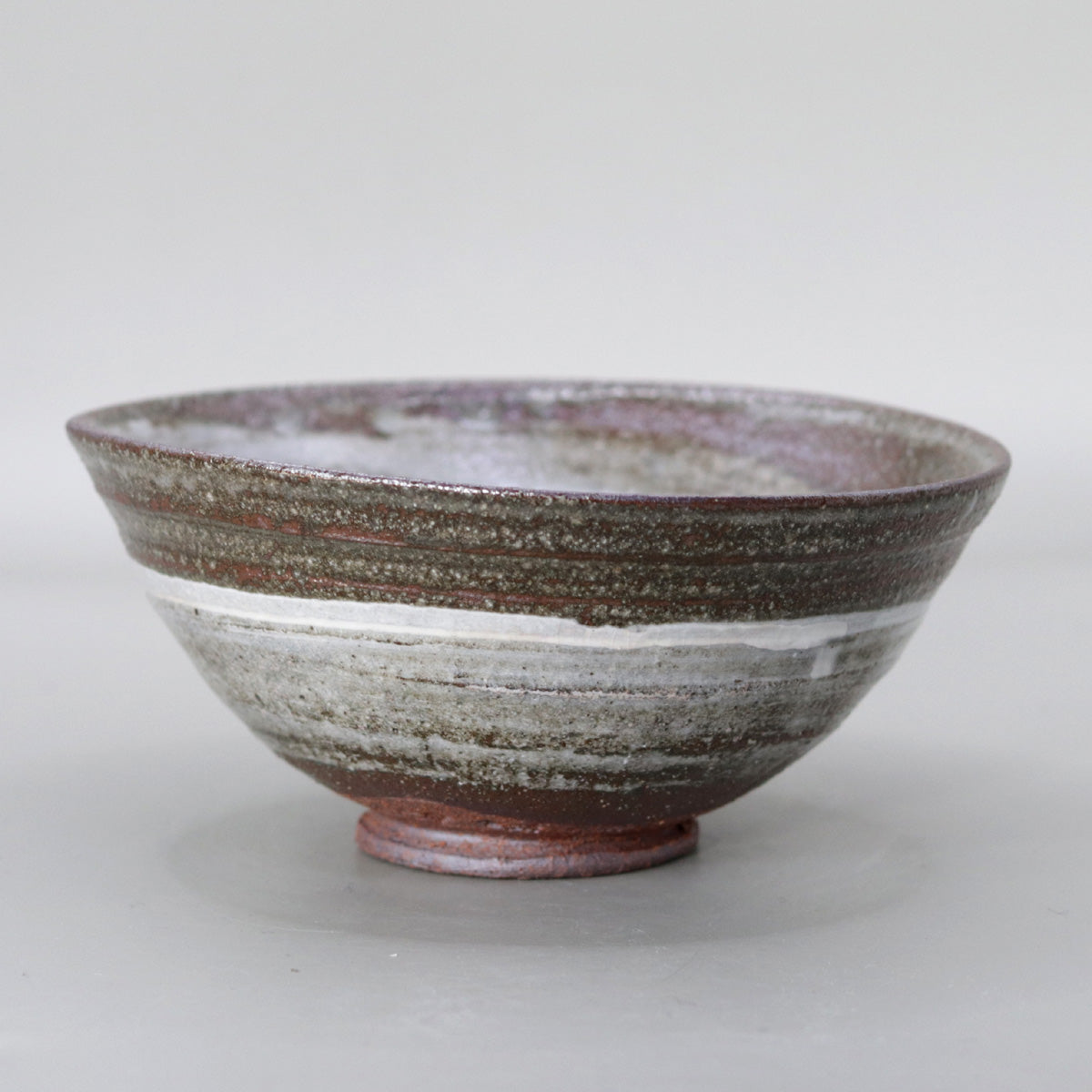Yakushiji Temple East Pagoda Foundation Clay Brushed Tea Bowl by Rakusai Onishi
Yakushiji Temple East Pagoda Foundation Clay Brushed Tea Bowl by Rakusai Onishi
Couldn't load pickup availability
Width: 13.8cm Height: 6.6cm
Brushed tea bowl made from clay from the base of the East Pagoda of Yakushiji Temple, by Onishi Rakusai
--A single white brush stroke running through the sacred soil of 1,300 years--
1. Overview of the work
This tea bowl was crafted by the Yakushiji Temple East Pagoda, which was excavated during the major repairs in the Reiwa era, using clay from the base of the temple. It was finished by the eighth generation Onishi Rakusai using the "hakeme" (brushstroke) technique. It has a curved cylindrical shape, measuring approximately 14 cm in diameter and 7 cm in height, and the white brushstrokes that run from the body to the base of the bowl connect the scenery like the spring haze of Yamato.
2. Scenery and glaze
The reddish-brown color of the base <br data-start="249" data-end="252">The high iron content in the base soil causes the color to appear during reduction firing, giving the base a reddish-brown to purplish-brown earthy color.
Brush marks on the white makeup <br data-start="311" data-end="314">The kaolin-based white makeup clay was applied in one stroke with a horsehair brush, leaving the brush strokes as uneven surfaces. The edges of the makeup are also fluffy, giving it a rough texture that can be enjoyed.
Purple steel color produced by kiln transformation
The rim and inside, which have been heavily exposed to the fire, have a purple steel luster that appears as a result of the intersection of oxidation and reduction, and the rim shines slightly when matcha is brewed.
3. Forming and baking
Turning on a potter's wheel and thinning <br data-start="527" data-end="530">The base clay is used as the main material, with about 30% Akahada clay added, and it is turned thinly in one go, leaving the coarse grain intact.
Applying white veneer <br data-start="587" data-end="590">By brushing on the white veneer before it dries and then lightly wiping it off with your fingers as it dries, the surface becomes uneven, giving the scenery depth.
Wood-fired kiln firing (strong reduction)
It is fired with pine wood for 48 hours, kept at around 1250°C, and then cooled rapidly by squeezing out the air. This causes the iron to crystallize, resulting in a dark purple color and metallic luster.
4. The significance of using foundation soil
The clay that has supported the East Pagoda of Yakushiji Temple for 1,300 years is rich in iron, quartz, and mica, and when fired it displays a unique texture that combines a metallic sparkle with the reddish earthiness of the clay. Based on the theme of "transforming still clay into dynamic vessels," Onishi Rakusai effectively uses glazes to bring out the voice of the clay itself .
5. Arrangements at tea ceremonies
| Seasons and Scenes | Example of a tool set | Purpose |
|---|---|---|
| Spring Haze (Yayoi) | Kettle: Open-wood kettle / Incense holder: Shibi / Hanging: "Unmusin" | The white brush resembles a spring mist, creating a soft scene. |
| Summer Night Stories | Kettle: Flat round kettle / Incense holder: Goldfish / Hanging "Ryoichimi" | The purple steel color brings a cool feeling to the night seat, and the white finish evokes moonlight. |
| Remains (Nagatsuki) | Kettle: cylindrical kettle / Incense holder: Yakushiji tile lamp | The withered scenery of the burnt finish deepens the sense of autumn solemnity, and the reddish-brown soil of the base is reminiscent of the color of fallen leaves. |
6. Usability
The rim is thinly carved, making it light on the lips. The roughness of the brush strokes feels comfortable in the palm of your hand, and when you pour tea into it, the bubbles mix with the unevenness of the white coating, creating a rich, nuanced look.
7. Summary
The "Yakushiji East Pagoda Base Clay Brushed Tea Bowl" features a unique landscape born from the interplay of the clay that supported the sacred pagoda, the fleeting brush strokes, and the coincidence of the flame. Through the breath of the clay felt in the palm of your hand and the lingering echoes of the white brush strokes, this bowl quietly resonates with the history of Nara and the wabi (traditional Japanese tea ceremony). Please enjoy it at any tea ceremony in any season, while reflecting on 1,300 years of prayer.
This piece is made using 100% clay from the Yakushiji Temple grounds, with all impurities thoroughly removed, and is characterized by its clear beauty. The clay has aged over time and is homogeneous, and when fired it acquires a clear luster, and when fired it takes on a gentle color reminiscent of old roofing tiles. Its smooth texture and resistance to warping are also appealing. The story of the clay, which embodies 1,300 years of history, brings a sense of peace every time you hold it in your hands. This is a special piece that combines material, beauty, and spirituality.
A conversation with Onishi Rakusai – High-end pottery specialty store [Amagi Do]
Share
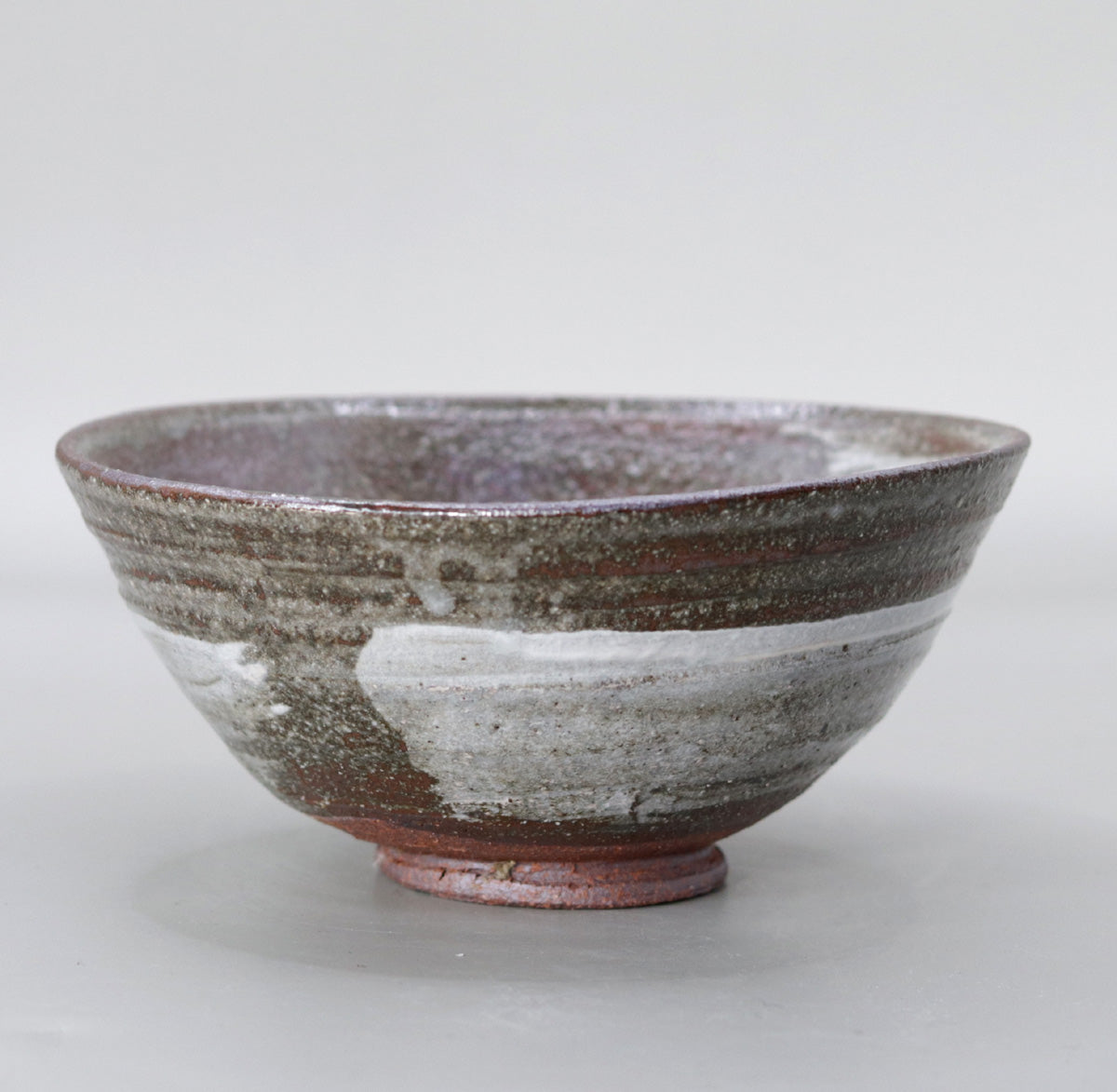
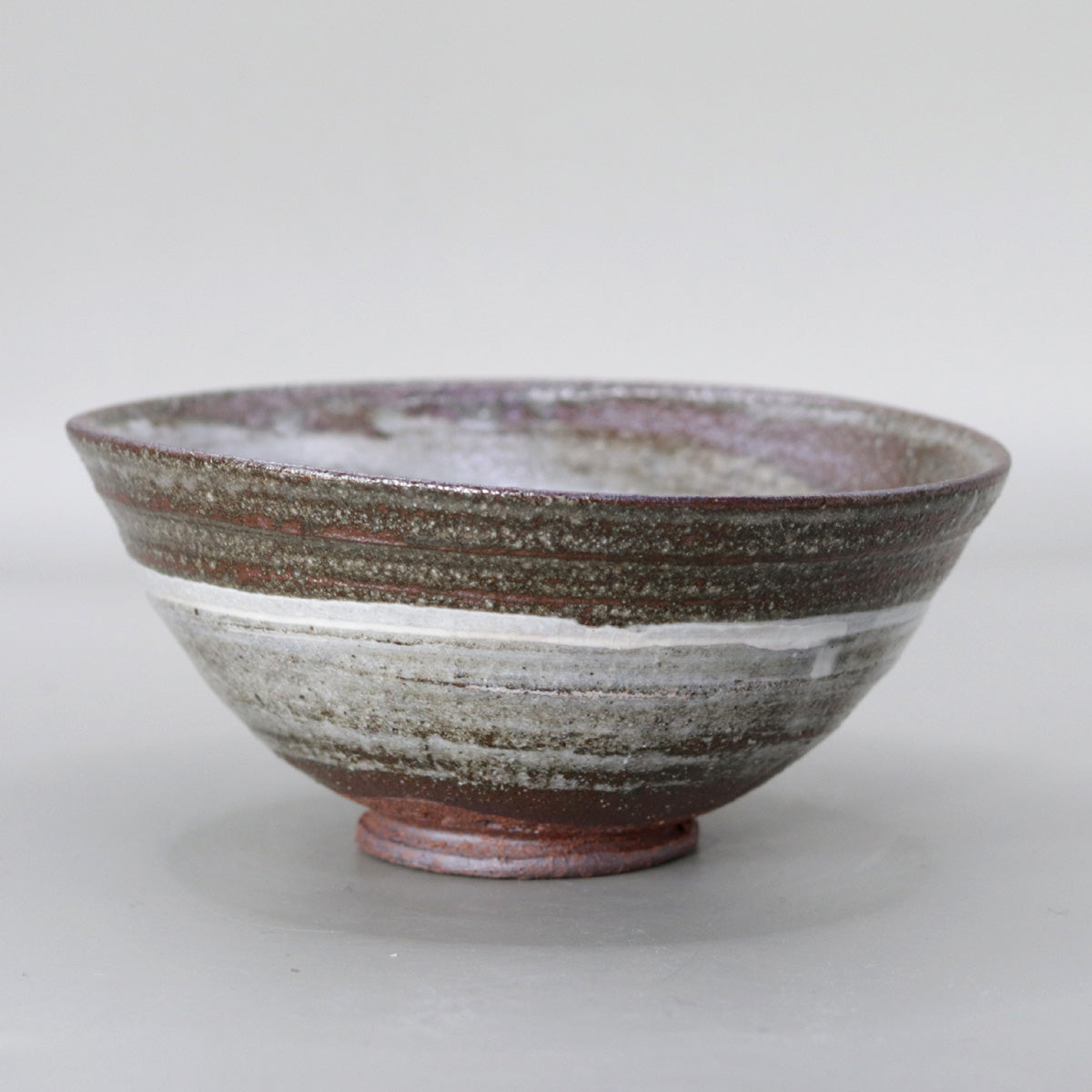
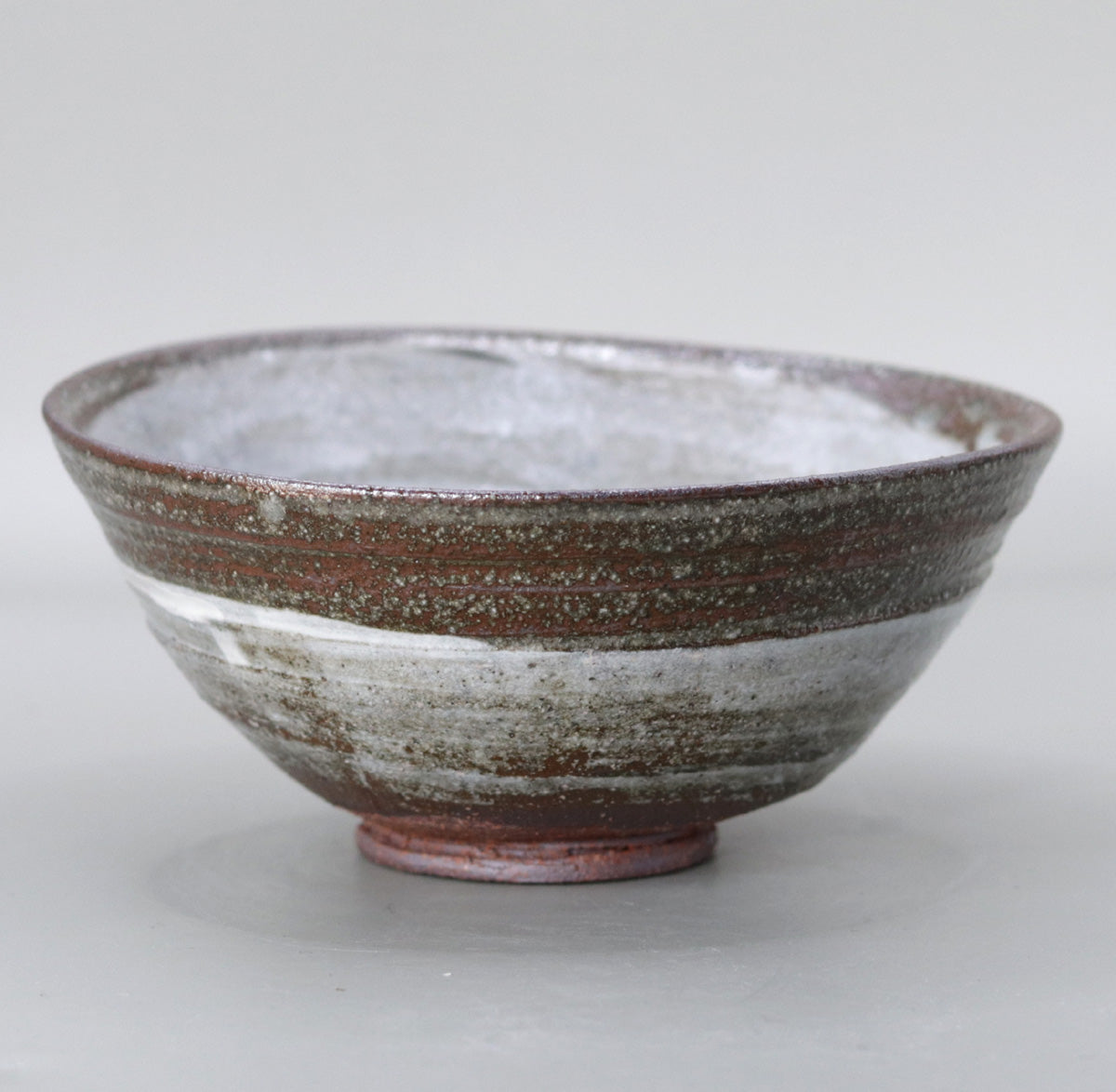
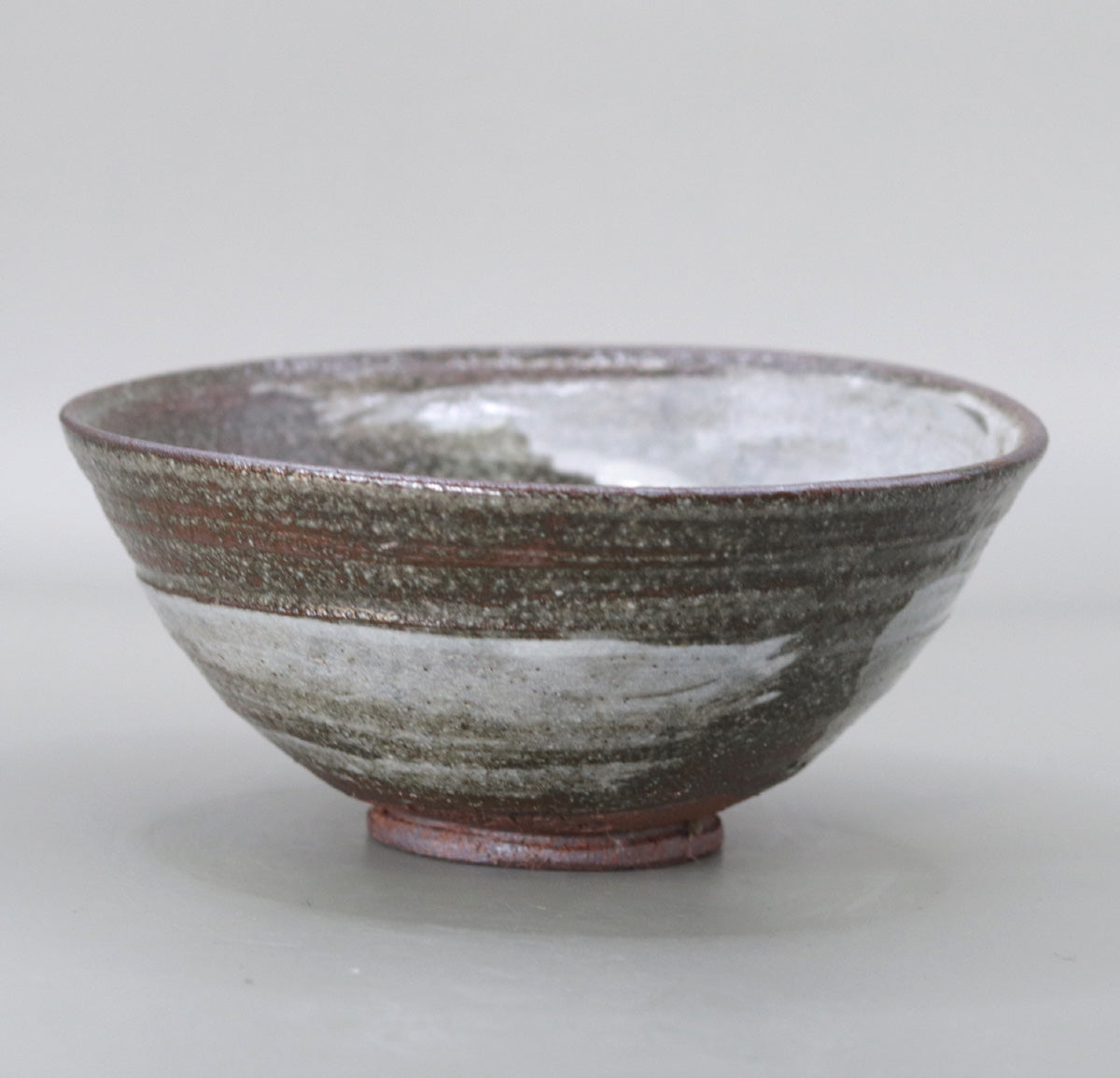
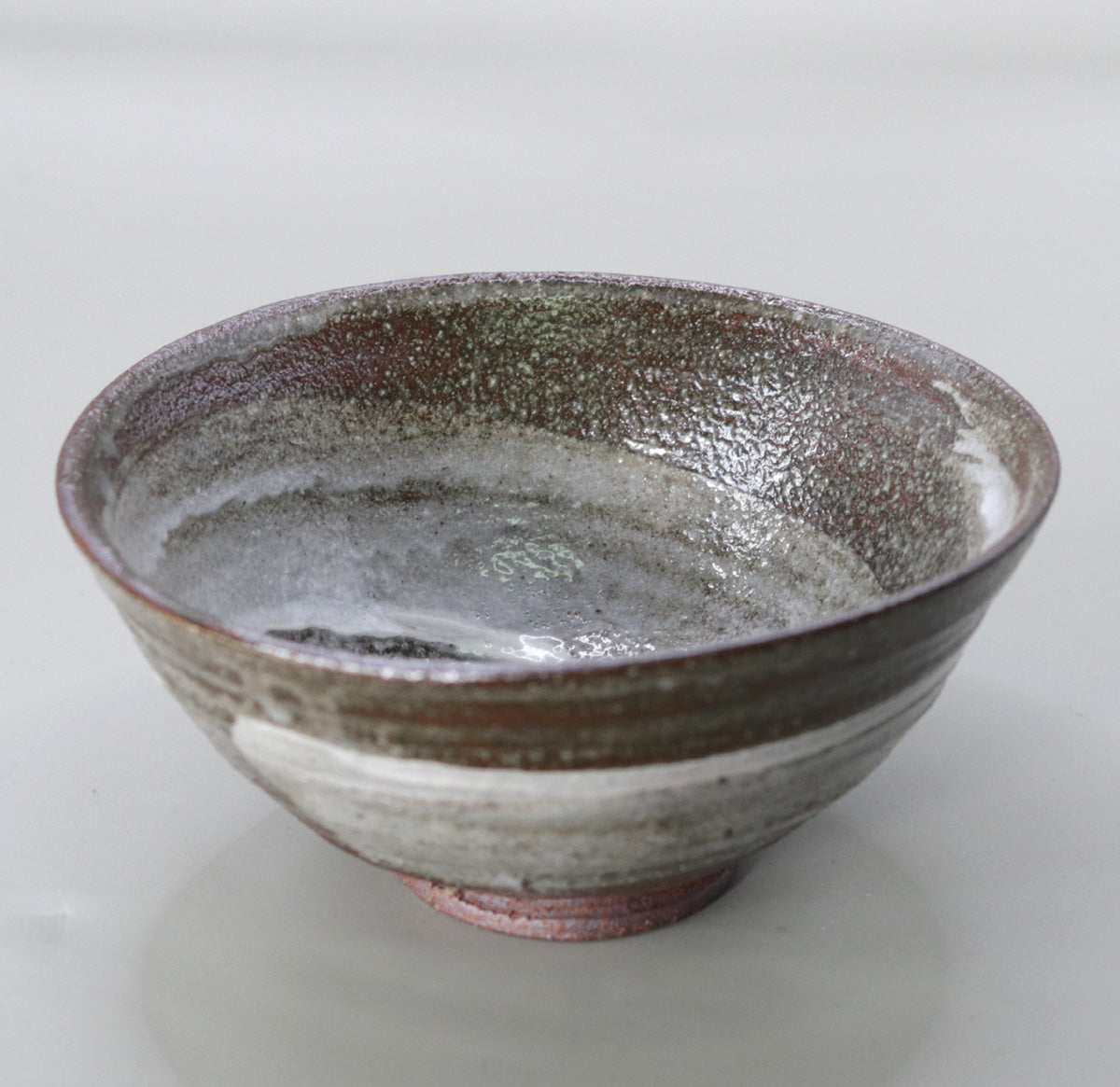
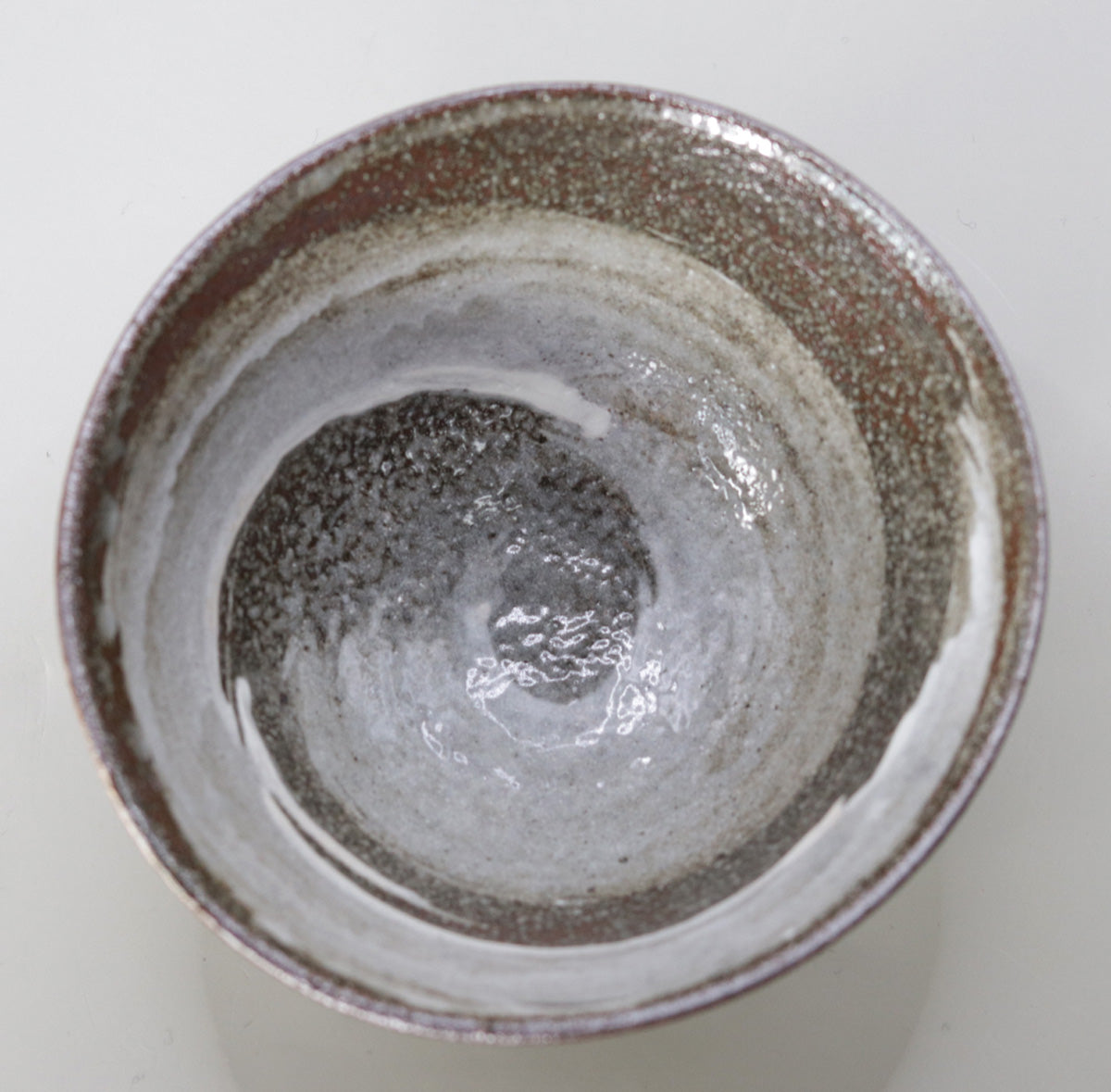
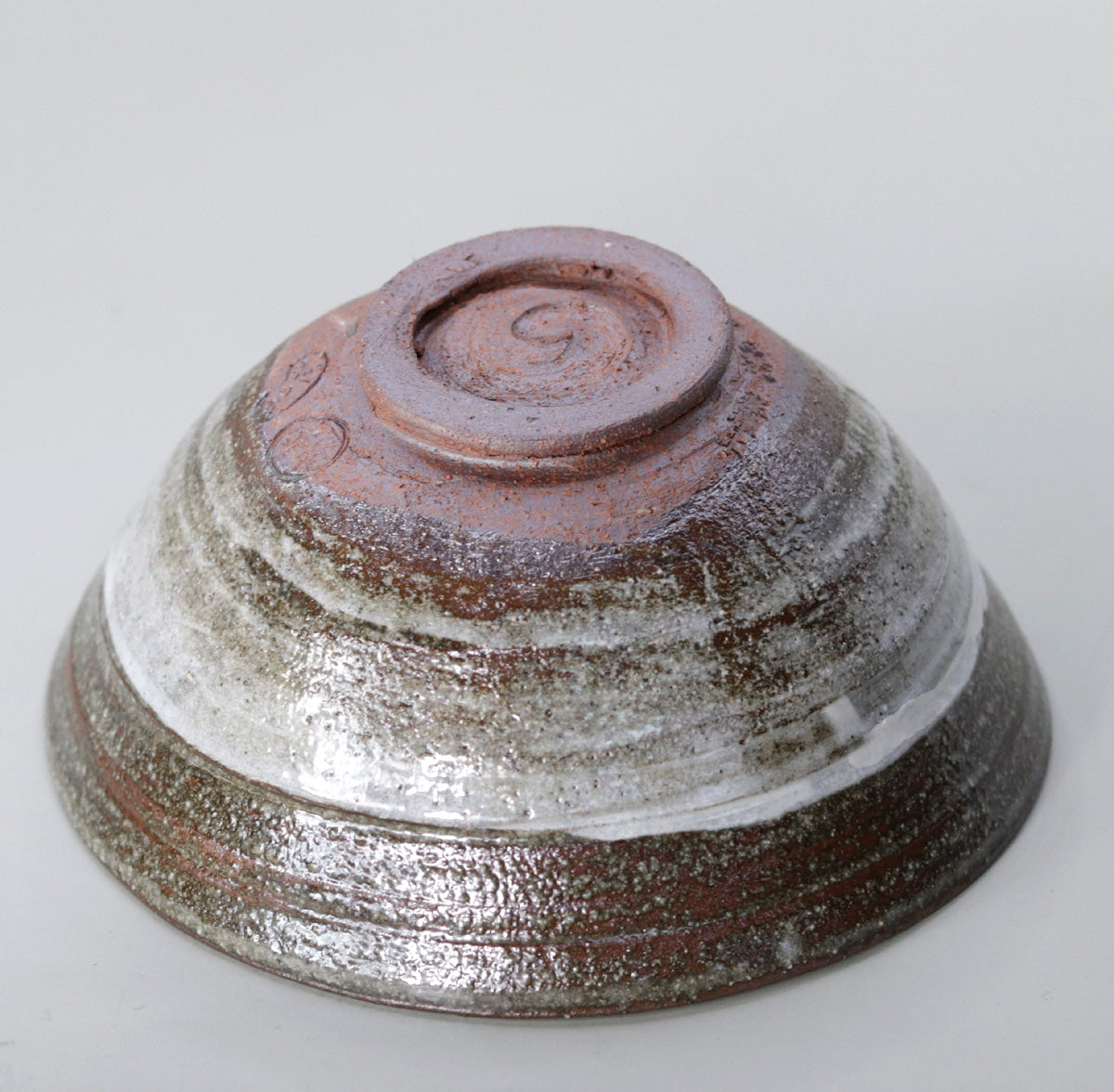
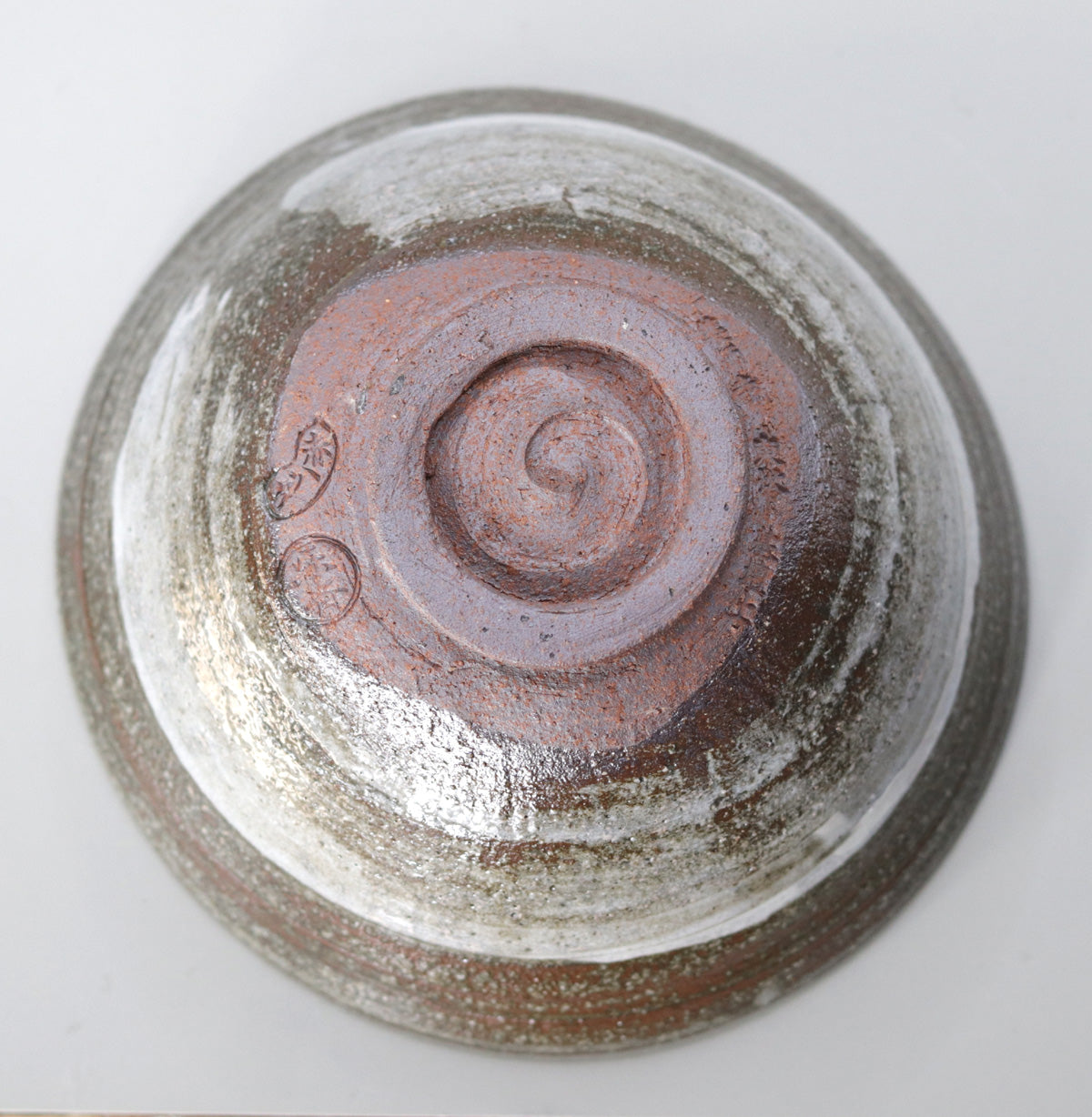
Multi-Column
-
[I will send it to you quickly and carefully]
We carefully package each product in a way that suits it best.
Also, delivery times vary depending on the piece (vessel, etc.).
Items that already come with a box will be shipped within 1-3 days of the order date.
For items that require a box to be made after your order, it will take approximately 30 days for production to be completed and then shipped.
In either case, once we have confirmed your order, we will contact you by email to inform you of the delivery date.
-
[Requests when purchasing pottery]
Even products that look the same may differ slightly in color, shape, size, etc.
The way the glaze is used, the power of the kiln, the firing method, the season, and the humidity also affect the appearance of the pottery.
Please understand the individuality of each piece of pottery and enjoy the unique warmth of handmade.
